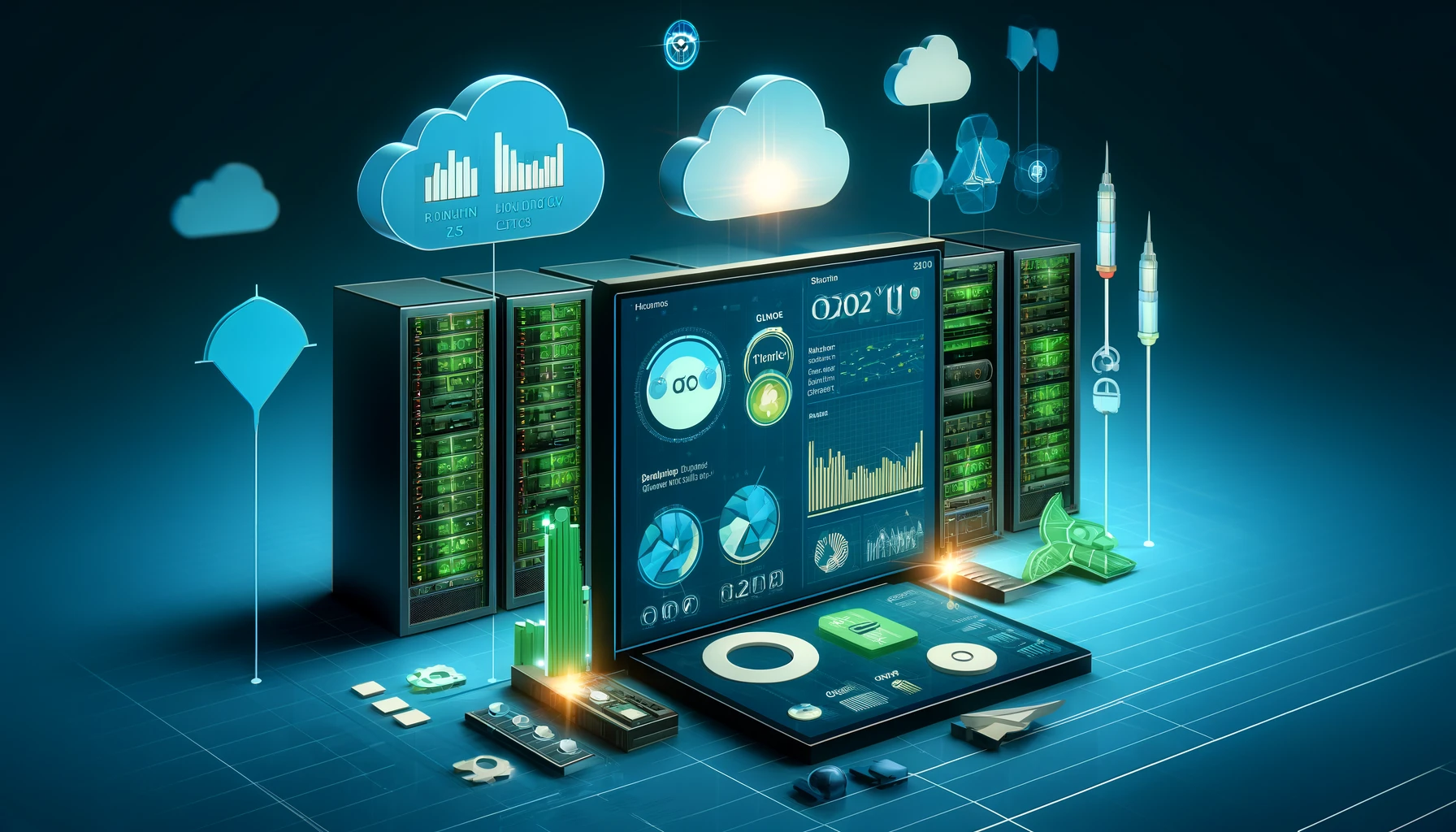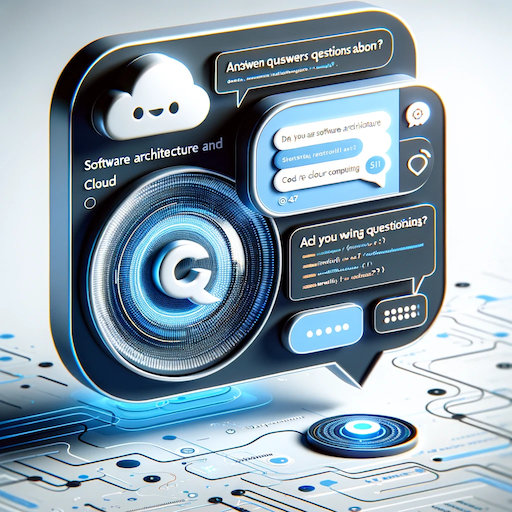As the world of software development continues to evolve at a rapid pace, organizations are increasingly turning to tools such as Kubernetes to deploy, scale, and manage their containerized applications. Kubernetes and containers have, in particular, revolutionized how we build and deploy applications, but with this power comes the responsibility of ensuring our systems' health, performance, and reliability. This is where effective monitoring comes into play.
I've spent years working with companies of all sizes, helping them navigate the complexities of modern application architecture. Throughout my journey, I've learned that setting up a robust monitoring system is critical to the success of any system deployment. In this article, I'll share with you seven essential tips that I believe every organization should follow when setting up a modern monitoring strategy.
1. Define Clear Monitoring Goals and Objectives
Before you start configuring your monitoring setup, take a step back and ask yourself: What do you want to achieve with monitoring? What are the key metrics and logs that matter most to your applications? What level of visibility do you need into your cluster's performance? By defining clear goals and objectives upfront, you can ensure that your monitoring efforts are aligned with your business needs and provide meaningful insights.
2. Leverage Native Monitoring Tools
Kubernetes, in particular, comes with built-in monitoring tools that can give you a solid foundation for your monitoring setup. Familiarize yourself with tools like Metrics Server, which collects resource metrics from Kubelets and exposes them through the Kubernetes API. The Kubernetes Dashboard is another handy tool that provides a web-based UI to view and manage your cluster. Whatever your environment, understand the native monitoring tools available to you and leverage them into your overall monitoring strategy.
3. Implement a Multi-Layered Monitoring Approach
To gain a comprehensive view of your application environment, it's crucial to adopt a multi-layered monitoring approach. This means monitoring at different levels of the stack, including cluster-level metrics (e.g., node CPU and memory usage), pod-level metrics (e.g., resource utilization and restart counts), and application-level metrics (e.g., response times and error rates). By monitoring at multiple layers, you can quickly identify issues and gain a holistic understanding of your system's health.
4. Choose the Right Monitoring Tools for Your Needs
The modern application monitoring ecosystem offers a wide range of open-source and commercial monitoring tools. When selecting tools, consider scalability, ease of integration, alerting capabilities, and compatibility with your existing infrastructure. Popular open-source tools like Prometheus and Grafana have gained significant traction due to their powerful features and extensibility. Commercial solutions like Datadog and New Relic provide additional capabilities and support. Choose tools that align with your specific requirements and budget.
5. Collect and Analyze Metrics and Logs
Metrics and logs are the lifeblood of effective modern application monitoring. Collecting and analyzing metrics helps you track key performance indicators (KPIs) and identify trends and anomalies. Use tools like Prometheus or Datadog to scrape metrics from your components and applications. For log aggregation and analysis, consider solutions like Papertrail, Logstash, or the popular ELK stack. Make sure to centralize your logs in order to leverage powerful querying and visualization capabilities. This allows you to gain insights into application behavior and troubleshoot issues more efficiently.
6. Set Up Alerts and Notifications
Proactive monitoring is essential for minimizing downtime and ensuring the smooth operation of your applications. Set up alerts and notifications based on predefined thresholds for critical metrics and events. For example, configure alerts for high CPU usage, low disk space, or a sudden surge in error rates. Use tools like PagerDuty to route alerts to the appropriate channels, such as email, Slack, or incident management systems. Timely notifications enable your team to respond to potential issues and take corrective actions quickly.
7. Continuously Refine and Optimize Your Monitoring Setup
Application monitoring is an ongoing process that requires continuous refinement and optimization. As your application and infrastructure evolve, so should your monitoring setup. Regularly review your monitoring dashboards, alerts, and metrics to ensure they remain relevant and effective. Engage with your teams to gather feedback and identify areas for improvement. Stay up to date with the latest monitoring best practices and tools. Continuously iterate and improve your monitoring setup to adapt to the changing needs of your applications and infrastructure.
In conclusion, setting up effective modern application monitoring is not a one-time task, but a continuous journey of iteration and improvement. By following the seven essential tips outlined in this article, you can establish a robust monitoring foundation that empowers you to manage your environment proactively. Remember, effective monitoring is key to ensuring your applications' health, performance, and reliability.
As you embark on your observability journey, keep in mind that the goal is not just to collect data, but to derive actionable insights that drive meaningful improvements. By staying proactive, continuously refining your monitoring setup, and fostering a culture of observability, you can and will deliver exceptional value to your users.
Frequently Asked Questions (Ask SAI)
- How do you balance the performance impact of monitoring with the need for comprehensive visibility? Balancing performance with requires careful planning and optimization. One approach is to implement sampling and rate-limiting techniques to reduce the volume of collected data. Instead of capturing every single metric and log, focus on the most critical data points that provide meaningful insights into system performance and health. Using lightweight monitoring agents and optimizing the frequency of data collection can also help minimize the performance overhead. Additionally, it's important to regularly review and refine your monitoring setup to eliminate unnecessary metrics and reduce noise. This is an oft-overlooked step in a company’s observability strategy. Yet, it is critical to ensure that your monitoring system remains efficient and effective without significantly impacting the performance of your application.
- What are the best practices for setting up monitoring in a multi-cloud or hybrid cloud environment? Setting up monitoring in a multi-cloud or hybrid cloud environment involves addressing several unique challenges. First and foremost, you must ensure that your monitoring tools are compatible with the various cloud platforms and on-premises infrastructure you have selected. This isn’t as easy as it sounds, because many tools may “work” in multiple environments, yet they are optimized for only a few. Selecting the “right” tool or tools often can involve trial and error as applied to the various cloud and non-cloud environments. Network latency and data transfer costs can also be significant factors in multi-cloud setups, so it's important to optimize data collection and processing to minimize these impacts. Whatever you do, make sure you use a centralized monitoring platform that can aggregate across all your cloud and non-cloud environments, giving a single plane-of-glass view of your entire application.
- How can you ensure security and compliance when collecting and storing monitoring data?Ensuring security and compliance when collecting and storing monitoring data involves several key practices. First, implement robust access controls to restrict who can view and manage monitoring data. Use encryption to protect data both in transit and at rest, ensuring that sensitive information remains secure. Regularly audit your monitoring setup and data access logs to detect and respond to any unauthorized access or anomalies. But, most importantly, make sure you filter non-essential personally identifiable information (PII), such as email addresses and credit card numbers. This information, while critical to your application, is rarely relevant to your application monitoring. Compliance with relevant regulations, such as GDPR or HIPAA, requires careful handling of this and other data. Treating the security concerns of your monitoring solutions as a serious concern is essential in ensuring that you stay safe and compliant.


